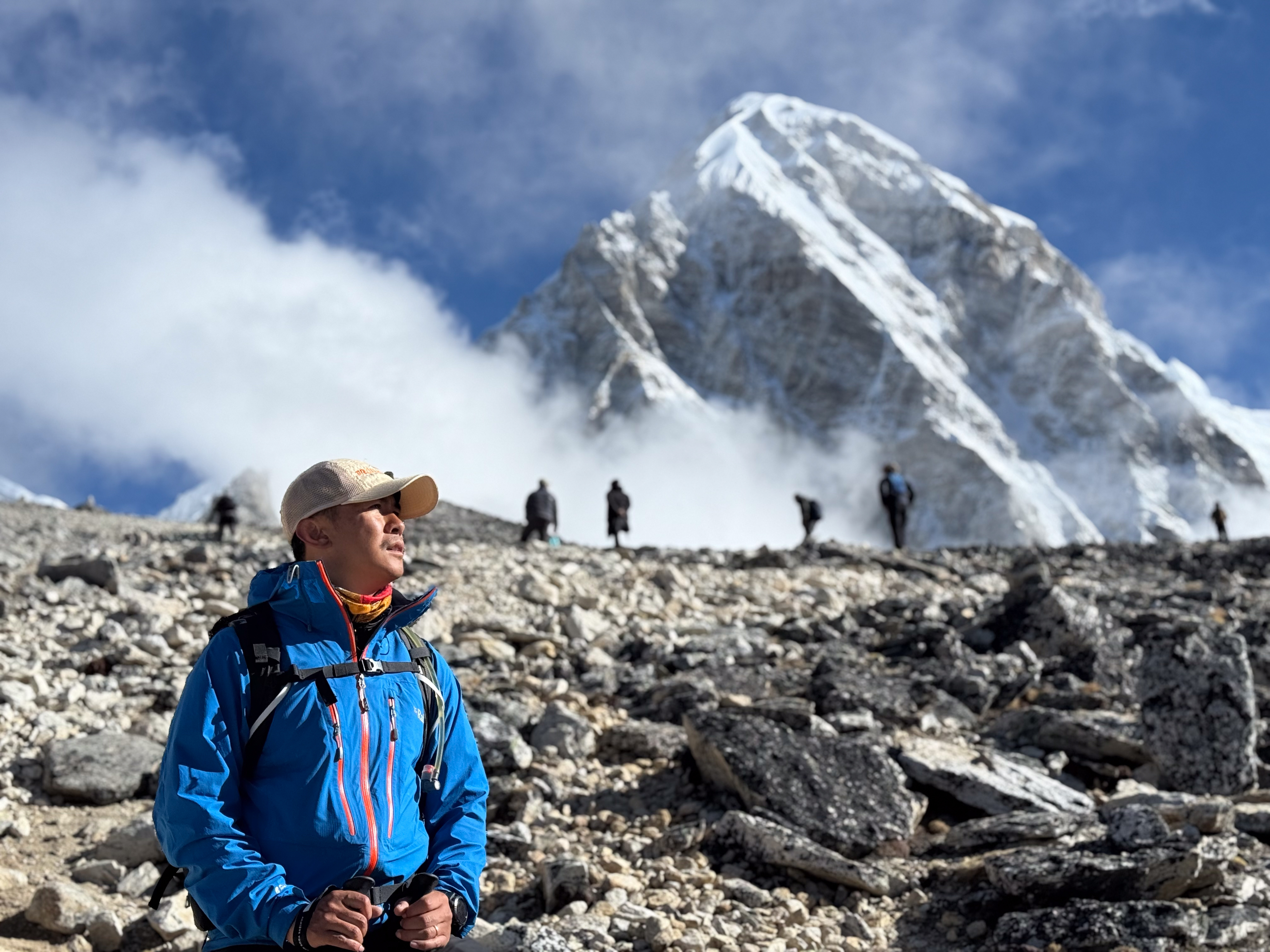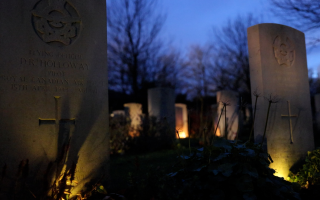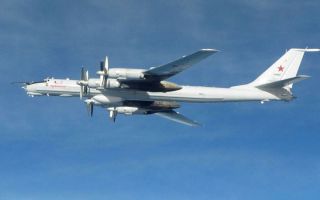
Every breath was a battle as British soldiers tackled extreme Exercise Everest Sappers

A British Army team has taken on one of the world's toughest endurance challenges, completing a gruelling high-altitude marathon in the Himalayas to mark the anniversary of the first successful ascent of Mount Everest.
Ten personnel from 36 Engineer Regiment and the Queen's Gurkha Engineers travelled to Nepal for Exercise Everest Sappers 25, a first-of-its-kind expedition centred around the Everest Marathon – the highest-altitude race on Earth.
The challenge began with a 15-day trek through the Khumbu valley to reach Everest Base Camp, passing through Namche Bazaar, Dingboche, Lobuche, and Kala Patthar, where the team reached 5,545 metres and were rewarded with rare, cloudless views of Everest's summit.
- Ex-Gurkha amputee wants others to climb their own mountains as he wins award
- Ex-Gurkha Hari Budha Magar scales peak to get one step closer to Seven Summits record
- Second World War veteran and Gurkha officer celebrates his 100th birthday
To prepare, the soldiers trained in the hills above Kathmandu, adjusting to reduced oxygen levels and taking part in a special session with elite Nepali trail runners.

Even short runs at altitude left many breathless, highlighting the scale of the challenge ahead.
The team were granted rare permission to sleep at Everest Base Camp, usually reserved for only elite and legendary mountaineers on summit expeditions.
They spent two nights at 5,364 metres, acclimatising before race day.
The 42km marathon, commemorating the 1953 ascent of Everest by Edmund Hillary and Tenzing Norgay, followed ancient Sherpa trails down the valley.

The route was brutally uneven, with steep descents, loose rocks, and sharp inclines through alpine meadows and rhododendron forests.
Despite the physical toll, all team members completed the race safely.
One soldier finished in an impressive 5 hours and 24 minutes, placing in the top 15 out of more than 230 competitors from around the world.
The team returned with a deep sense of pride and unity, having pushed their limits in one of the most demanding environments on Earth.










